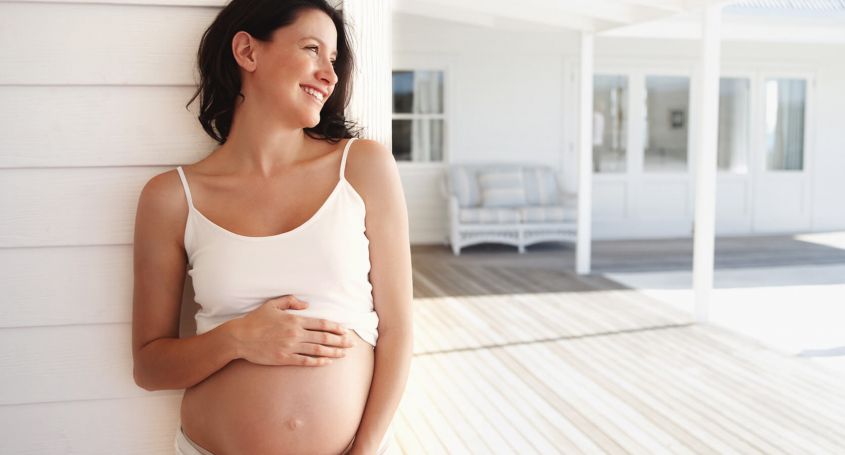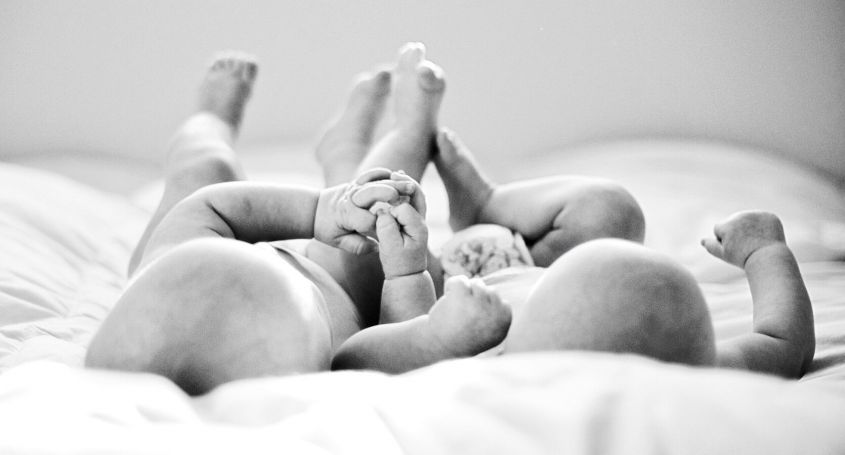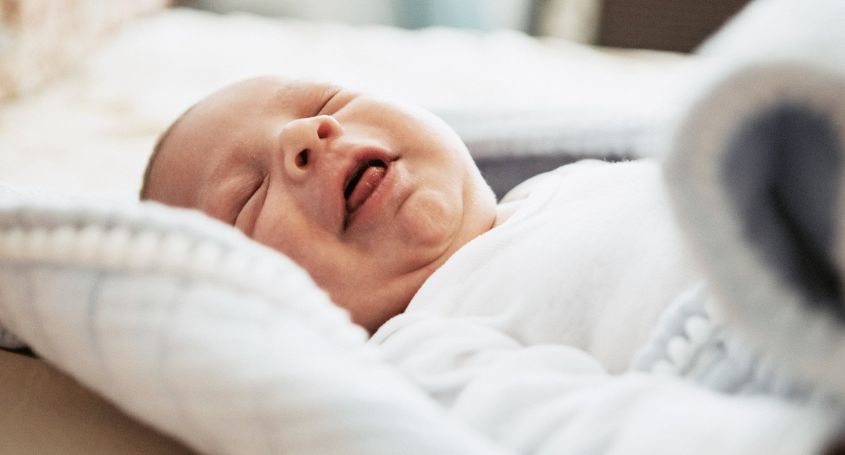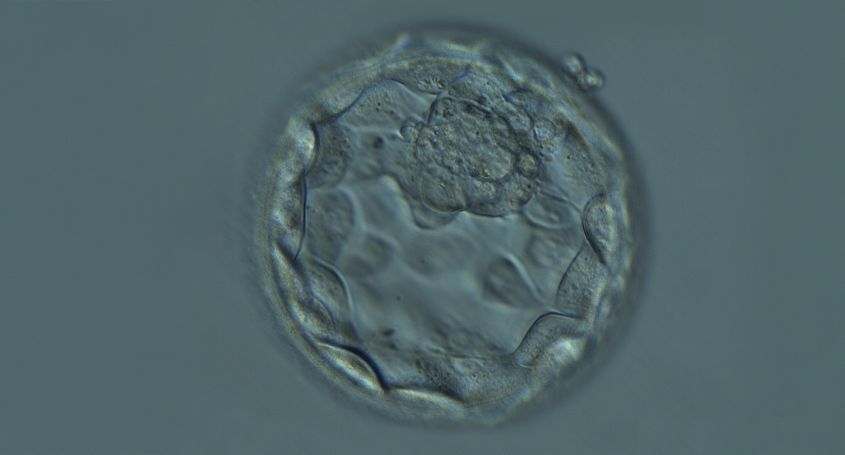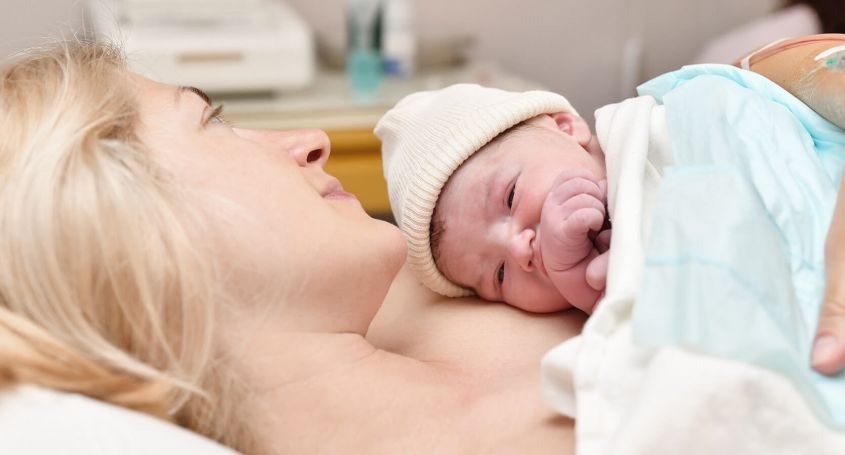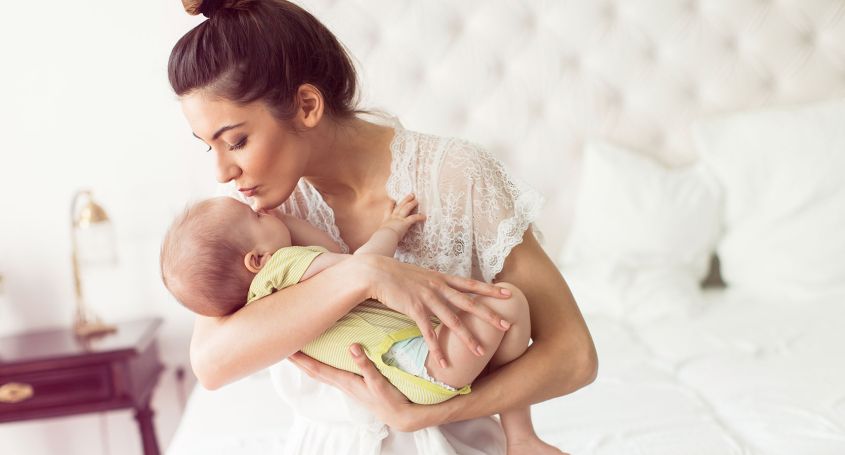By Dr. Raul Olivares
This is the article I’ve always wanted to write. One of the strongest fears foreign patients have, when they come to Spain for an egg donation , is how difficult would it be to find a donor who matches them physically. It’s as if all the Spanish people have brown eyes, dark hair and a tanned skin. And that’s quite common, but luckily we’re more varied than that. Nevertheless, I spend a lot of time clarifying hereditary issues when I see patients coming from Northern Europe and, hopefully, this article should help to shorten the appointments. This is why I like to write about it.
The first and most important thing to bear in mind is that the matching is done with the donor, not with her family. And though we do have blond donors with blue eyes and fair skin, it could happen that she has a sibling that looks like the typical Spanish. And we don’t know what “hidden” genes can be carried by the donor. Therefore, knowing how certain physical traits are inherited should help to understand that it’s impossible to guarantee how a baby is going to look like (even those ones born after a natural conception) despite the fact doing our best to find the best matching ever.
You know that half of the DNA that a baby has belongs to the biological mother and half to the biological father. That means that we all have genes that contain two alleles (one from each parent) that are going to define a particular trait. During years it has been told that all the genetics were based on the Mendelian laws: teaching that traits were dominant and recessive. Since dominant traits will always win over recessive traits, and since you get two versions of each trait from your parents, this means that you would need to have two versions of the same recessive trait in order to see the effect of those traits. But this is not completely and not exactly true in this case. Why?
Because there is something called incomplete dominance, and some traits (eye colour, hair colour and skin colour being some of them) have more than one gene involved in the final appearance. In fact all these traits depend on the amount of pigments, called melanin, contained in the skin, hair follicles and iris cells. The higher the level of melanin is, the darker will be the result. And all those genes determine what amount of melanin is produced by the cells. But it is not so simple. Our cells can produce at least two different types of melanin, eumelanin and phomelanin, and to make it even more complicated, there are 4 genes in the DNA involved in the production of eumelanin and one regulating the production of phomelanin. And, as already mentioned before, each gene has two alleles (one from each parent, do you remember?) what eventually give us 10 different possibilities of combination in this particular case. Therefore, depending on how many alleles of each type are inherited, the levels of the different melanins could vary from one generation to the next one. I’m going to use an example that I found on Internet and should be helpful. Let’s say the dominant trait is called “D” (that would mean more melanin and darker colours) and the recessive is called “d”. Let’s say a man has this configuration “DDdddddddd”. He is going to produce low quantities of melanin leading to a light hair colour. Let’s say that man has a partner having got this other combination “DDDDdddddd”. Obviously the hair is going to be slightly darker than in the first case but still pretty light. But what would happen if it turns out that the baby born from these parents inherits this configuration “DDDDDDdddd”? (a pair of “D” coming from the man and the other two pairs coming from his partner). It would mean that suddenly we would have a dark haired baby!!! And that would be completely natural.
However I’d like to notice that in most of the cases the final combination is going to produce a light haired baby (having a lots of “d” should shorten the odds), but everyone should be aware about the possibility of having unexpected outcomes despite doing our best to match donors and recipients.
I know that this article can be considered harsh. The genetics can be really harsh, but I’ve just wanted to shed some light on this particular issue, not to justify mistakes with the matching, but to raise awareness about the fact that your baby could not be exactly as you were expecting, and that won’t be anyone’s fault, just the genetics. Should you love him less only because of this random issue? I’m sure you won’t do that.






